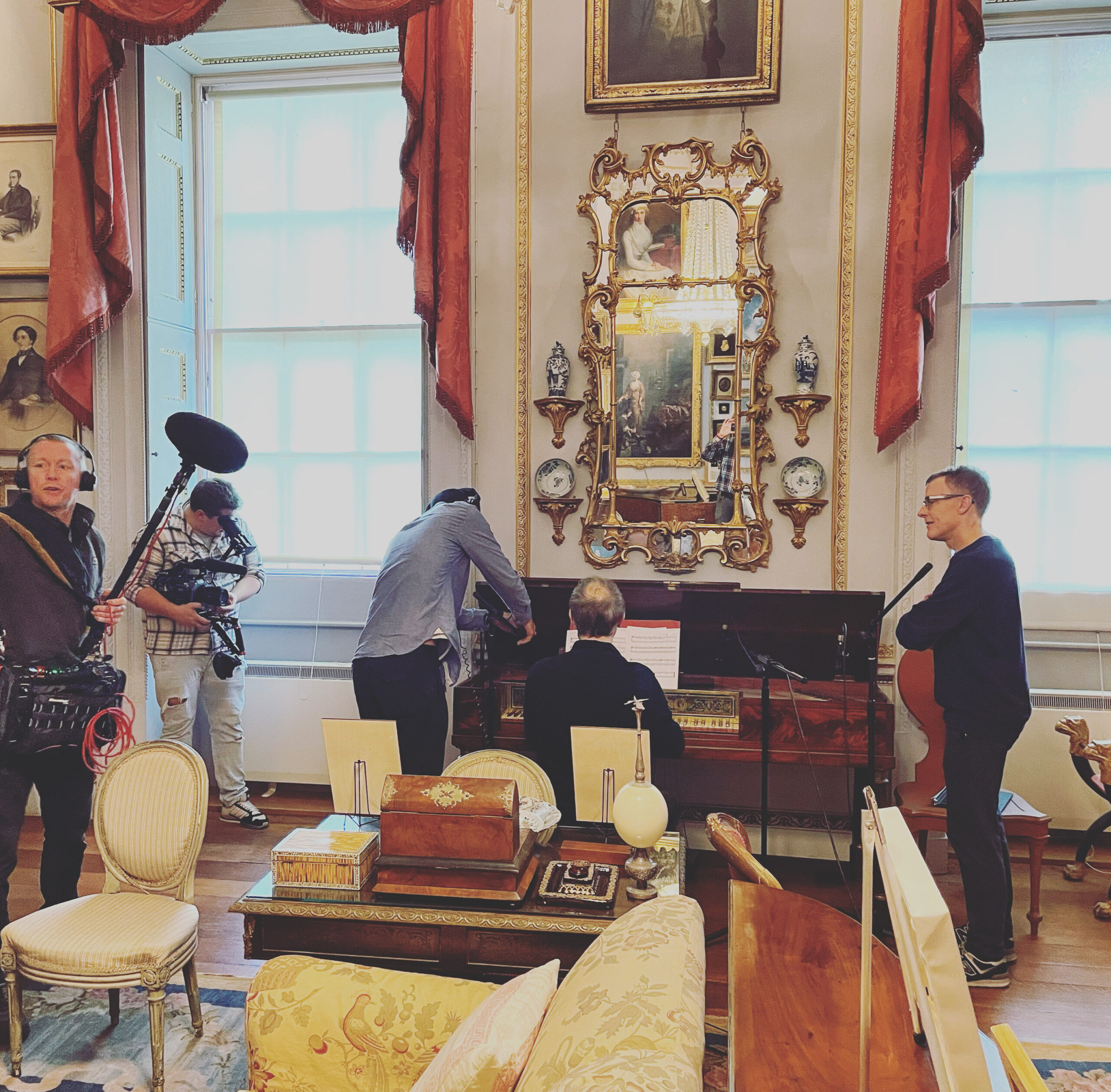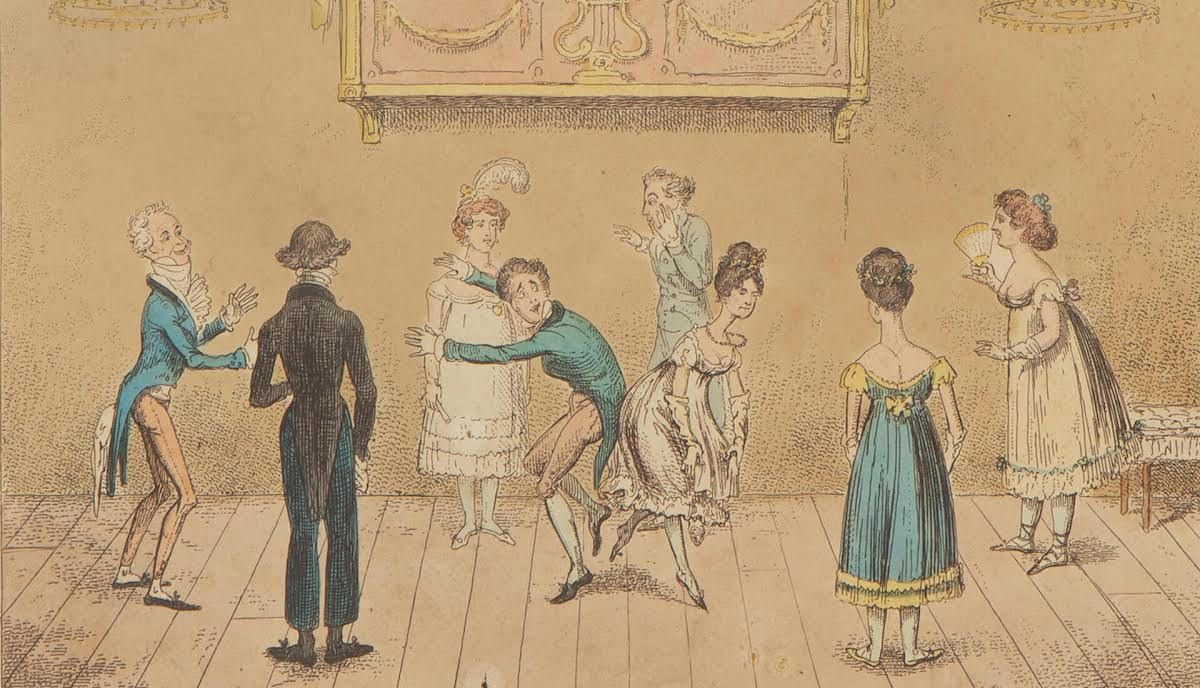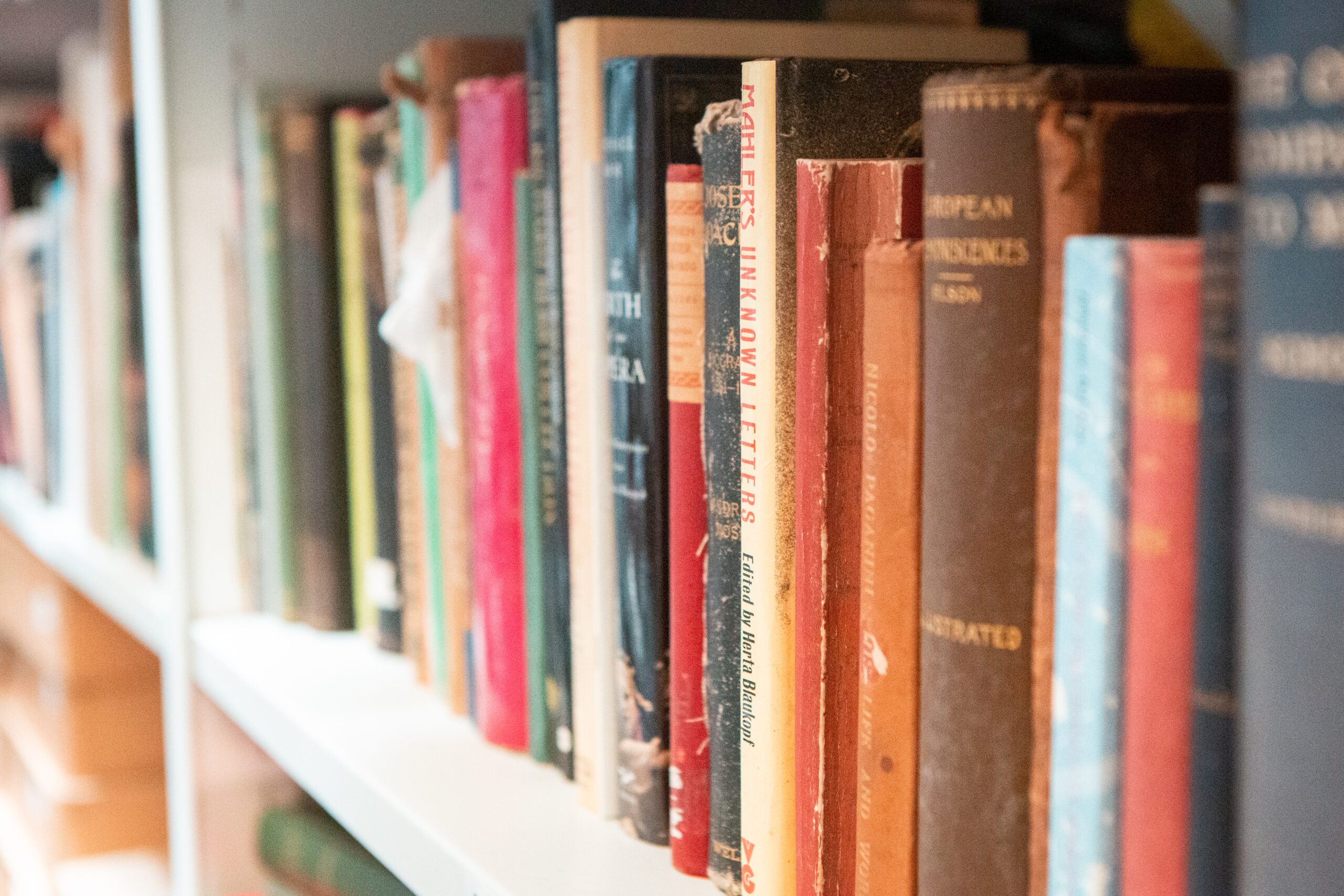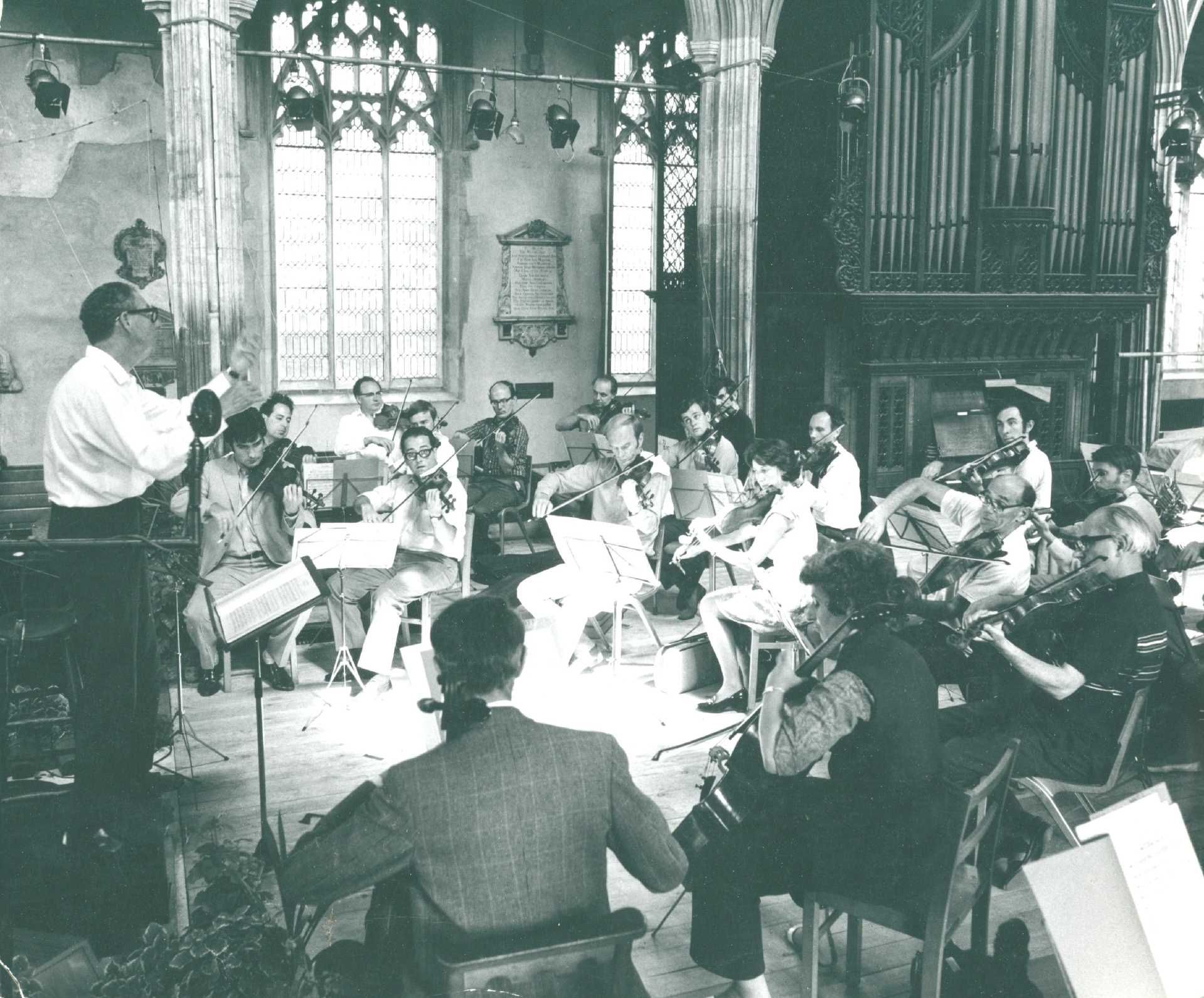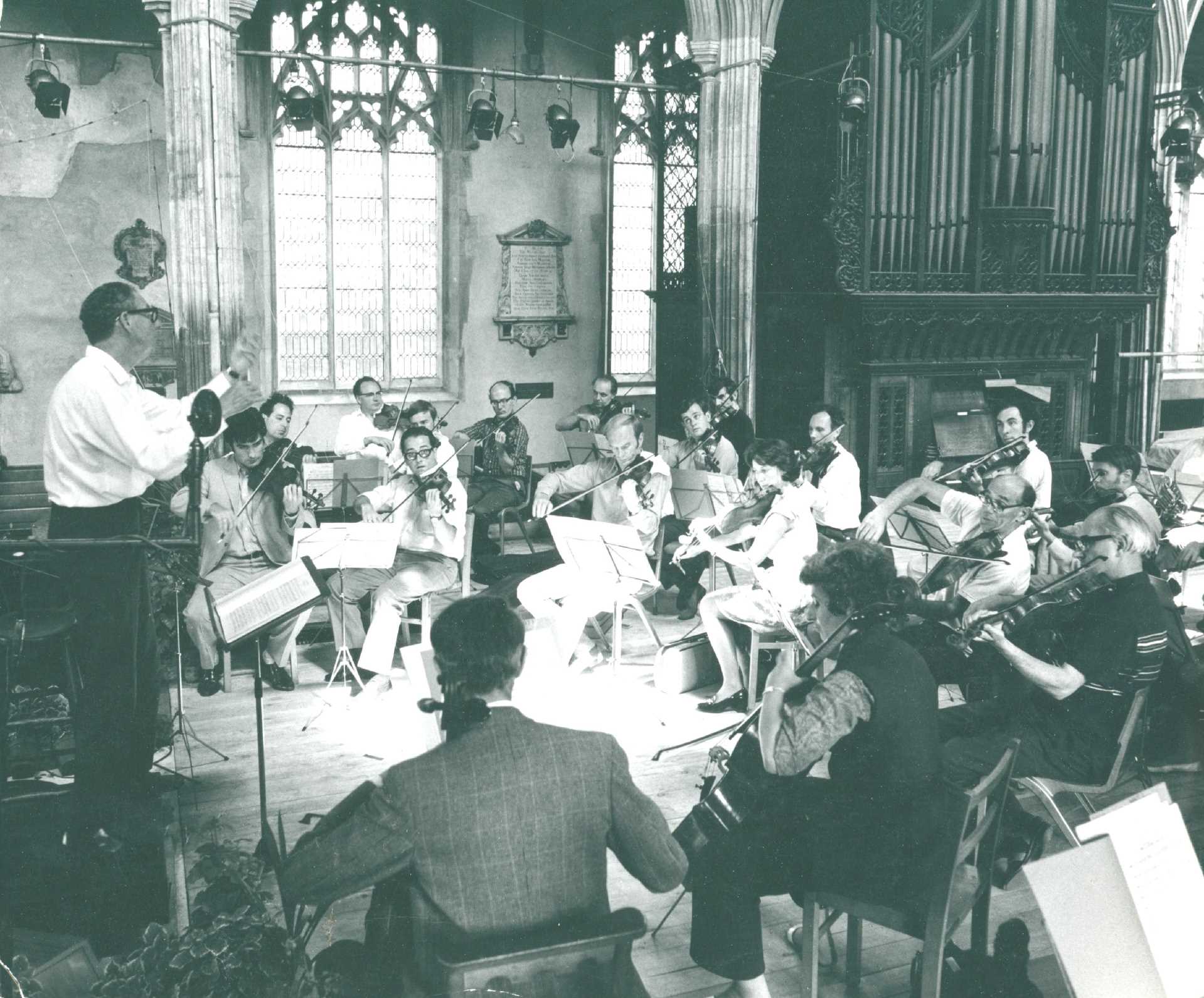In addition to expanding the collection of MOMH through the acquisition of the English Chamber Orchestra archive, we moved the collection of Oliver Davies from his home into our archive (including finding homes for several instruments), transferred material from a number of central London storage facilities to our new archive at the National Conservation Service’s facility in Upper Heyford and launched our new website.
Transfer of Collections from Petherton Road
The boxing and transfer of the collection in Petherton Road, London (home of the late Oliver Davies) to various storage locations across London and the South East was a monumental task for our Data Archivist and his small team of volunteers. In May 2023 the last boxes (five tonnes in total) were despatched to storage and the task of cataloguing finally commenced.
In addition to us housing the collection of manuscripts and books, temporary homes were found around the country for the wonderful collection of pianos and other instruments.
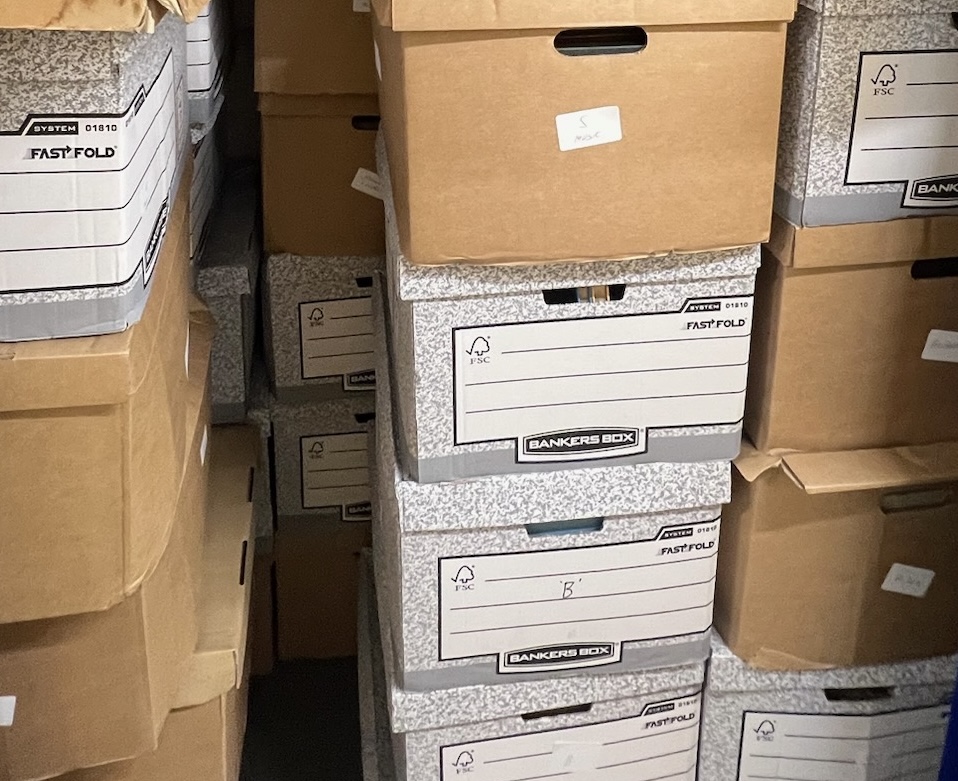
Delivery of our New Website
Our new website went live in July. The new user interface is designed to work on multiple devices and platforms and to be engaging for both professional researcher and interested observer.
All exhibitions from the last thirteen years are now searchable and users are able to explore galleries of selected images, some of which were curated by our founder Oliver Davies himself as far back as 2008/9. In time we plan to add hi-resolution versions of our images to exhibitions for users to view in fine detail.
To keep users fully abreast of MOMH’s activities as they continue to develop, the new website has a News section and a What’s On section.
This was a very successful project and long overdue.
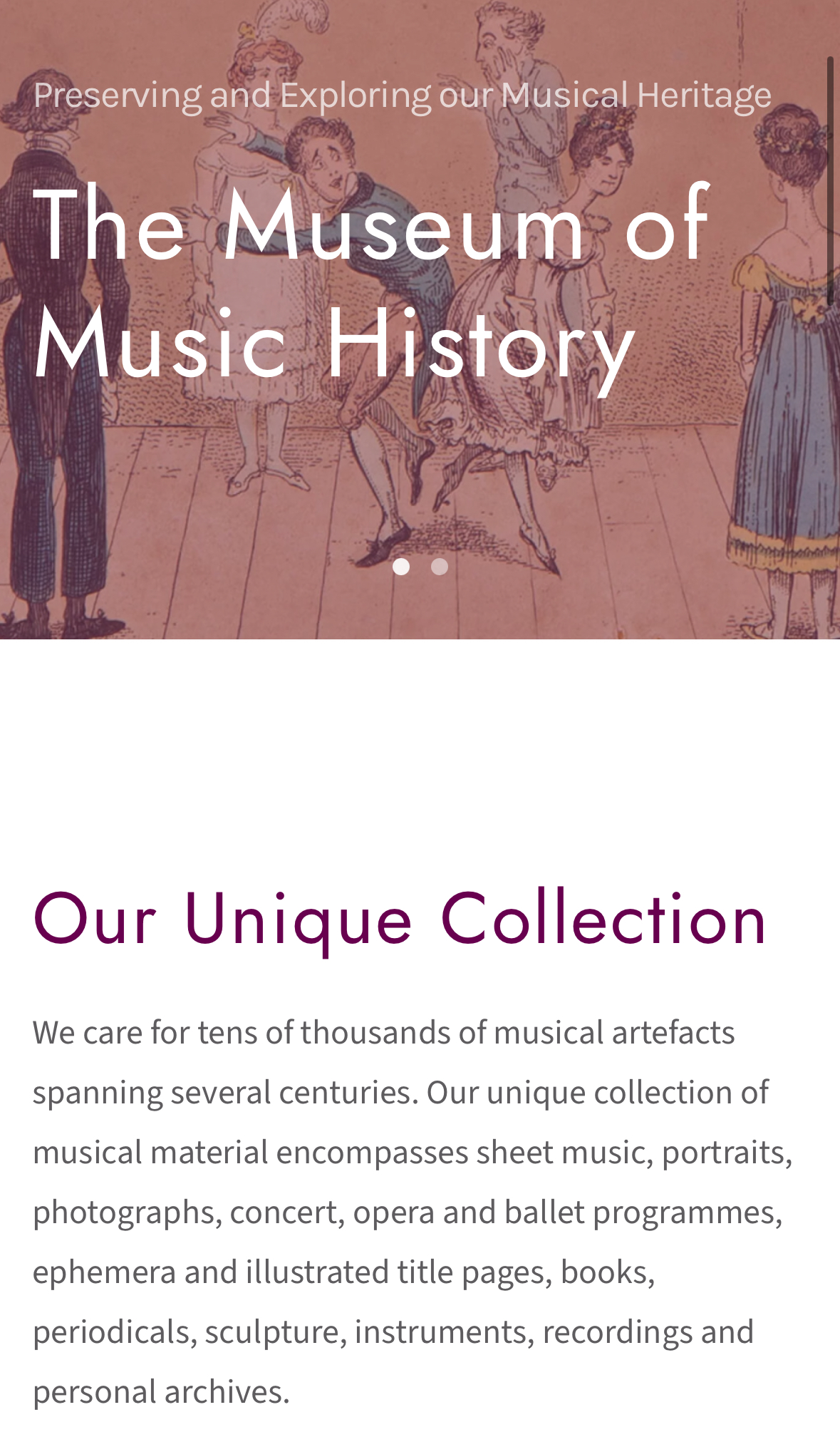
Upgrade and Optimisation of Storage Facilities
MOMH’s collection was kept in a number of storage facilities across London and South East which required consolidation to improve preservation, optimise access and reduce cost.
In August MOMH became a member of the National Conservation Service at Upper Heyford, an organisation used by many museums and archives in the UK for archival storage. Apart from the secure climate controlled storage services they offer, services include document preservation and digitisation, membership is a prerequisite for access to the services of Restore UK at Upper Heyford.
Whilst our three storage units in Hayes proved an invaluable stop-gap facility, and were crucial to our ‘rescue’ of the English Chamber Orchestra archive (a further four tonnes of material) in the first quarter of the year and the final removal of the contents of Petherton Road, we have entered into a contract with Restore UK which will enable the transfer of material held in Hayes and Cadogan Tate,to NCS Upper Heyford which ultimately will reduce storage costs.
The transfer is taking place in stages, allowing NCS to undertake ‘due diligence’ on the condition of material, and allowing MOMH to sort and re-box prior to bar-coding and transfer to long-term storage in the climate-controlled bunkers. The largest unit at Hayes was relinquished at the end of October and the second largest unit will be relinquished by the end of the year.
One unit will be retained temporarily to hold the portion of the English Chamber Orchestra archive that is in poor condition, whilst it is assessed for preservation.
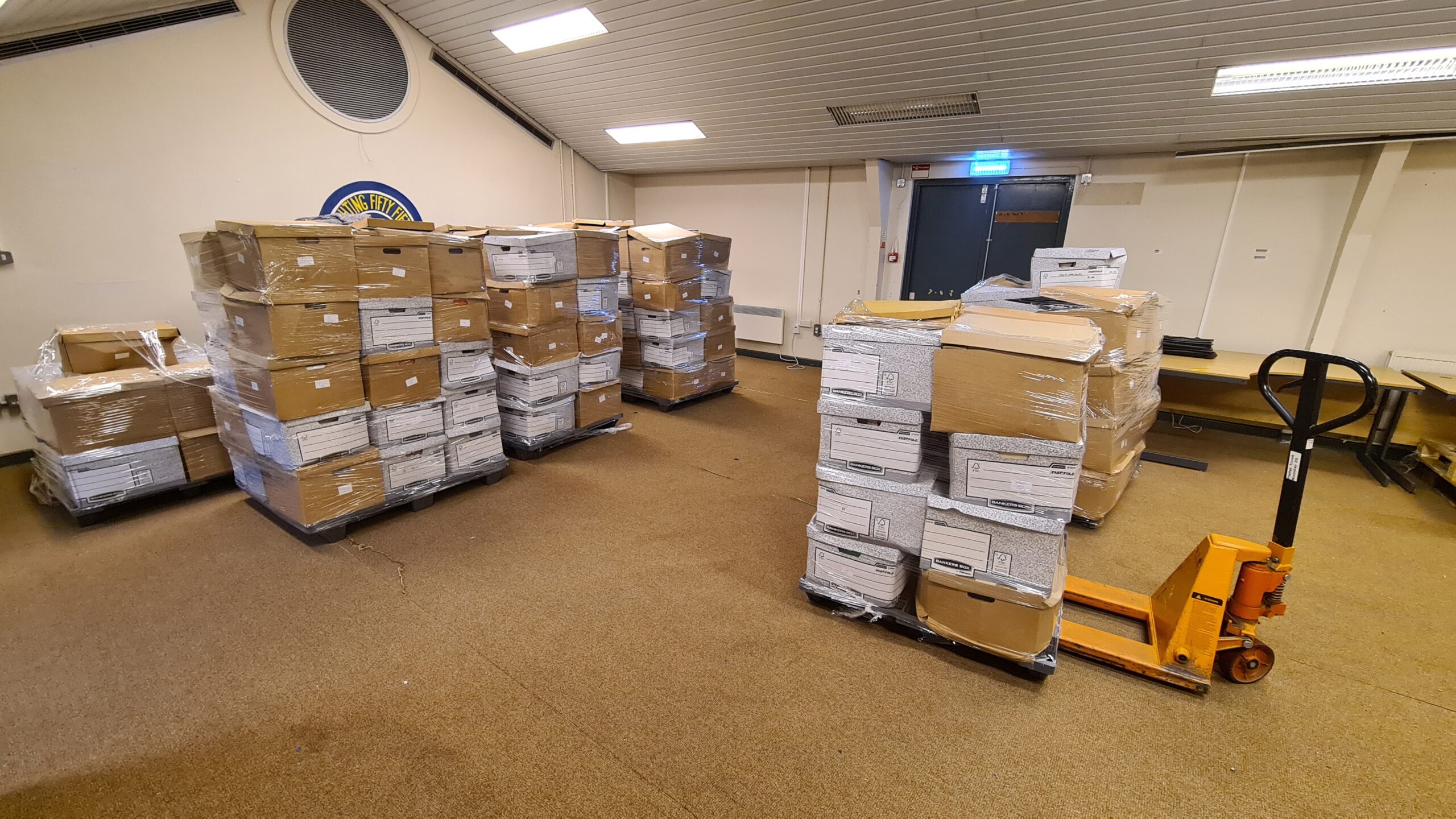
Collaboration with Other Music Archives
We have established a framework, based around our collaboration with the English Chamber Orchestra, to offer MOMH as a home for the archives of other music organisations, offering professional storage and curation in return for an endowment/annual fee. We hope this model could be a way to turbo-boost the quality and quantity of our collecting potential.
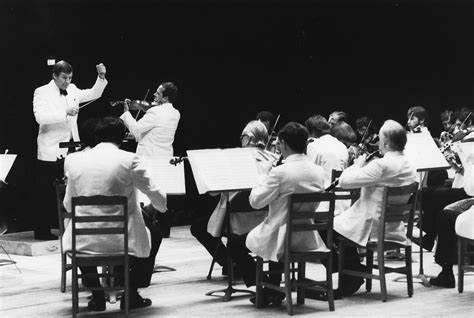
Increase in Enquiries from the Public
Since the launch of our social media channels and new website there has been an encouraging increase in the number of enquiries from academics and writers seeking information or access to items in our collections.
As expected, information has frequently been sought by the Musicians’ Union and former members of the English Chamber Orchestra with regard to players’ participation in the orchestra’s recordings, and our important collection of material relating to the composer Samuel Coleridge-Taylor has been much in demand.
We are collaborating with the English Chamber Orchestra to explore the orchestra’s significant and highly productive relationship with the composer Benjamin Britten in the 1960s and 1970s, and a number of exceptional photographs have already been discovered in the archive.
Napoleon
Last Autumn MOMH was approached by Apple for the right to film and record its Erard piano (originally bought by Napoleon I as a wedding present for his second wife Marie in 1810) for the soundtrack of Ridley Scotts’s movie Napoleon.
Following reaching agreement on rights etc, composer Martin Phipps and Apple spent time with MOMH’s Chair, Mark Bromley and Honorary Curator, Adrian Bradbury, at the Cobbe Collection, Hatchlands Park, to record and film the piano. Adrian was also interviewed about the instrument for an Apple feature which will be released in due course.
Martin Phipps and Ridley Scott were delighted with the result. If you would like to hear the piano as recorded by Apple, please click on the audio links in our Napoleon’s piano exhibition.
